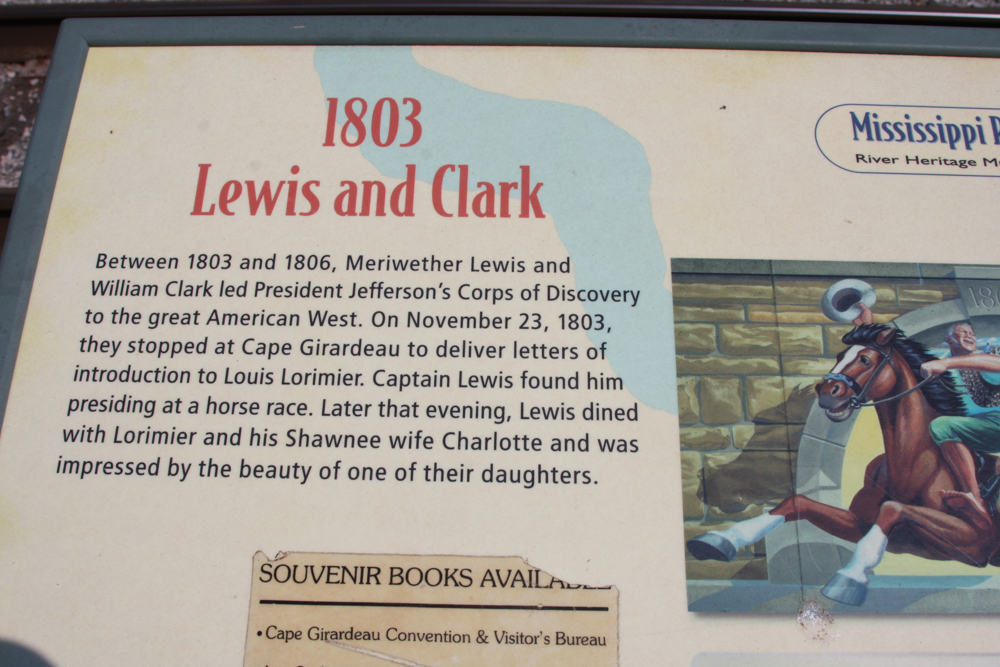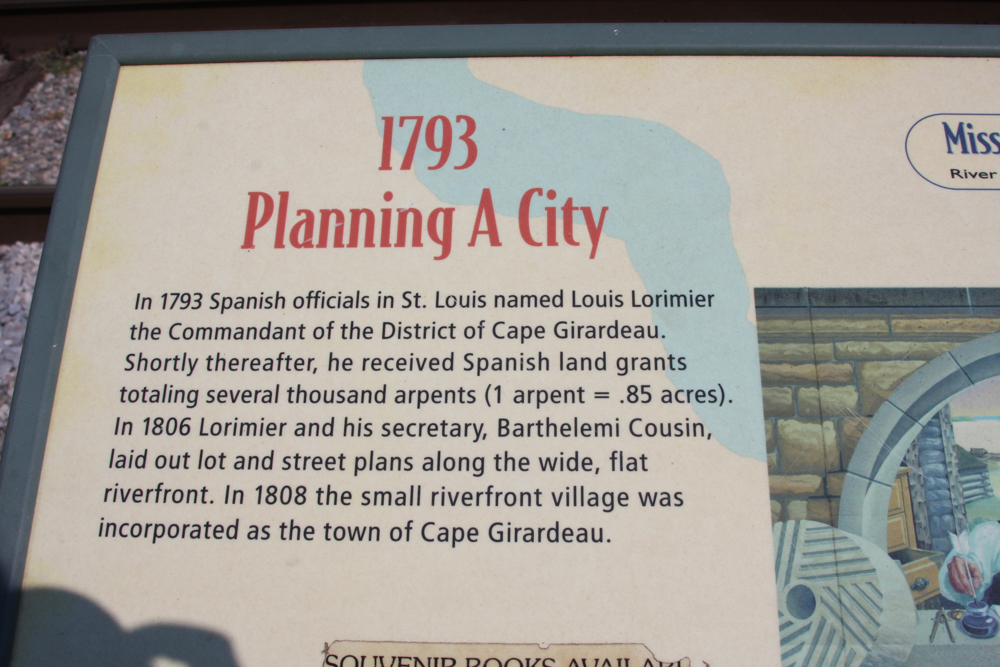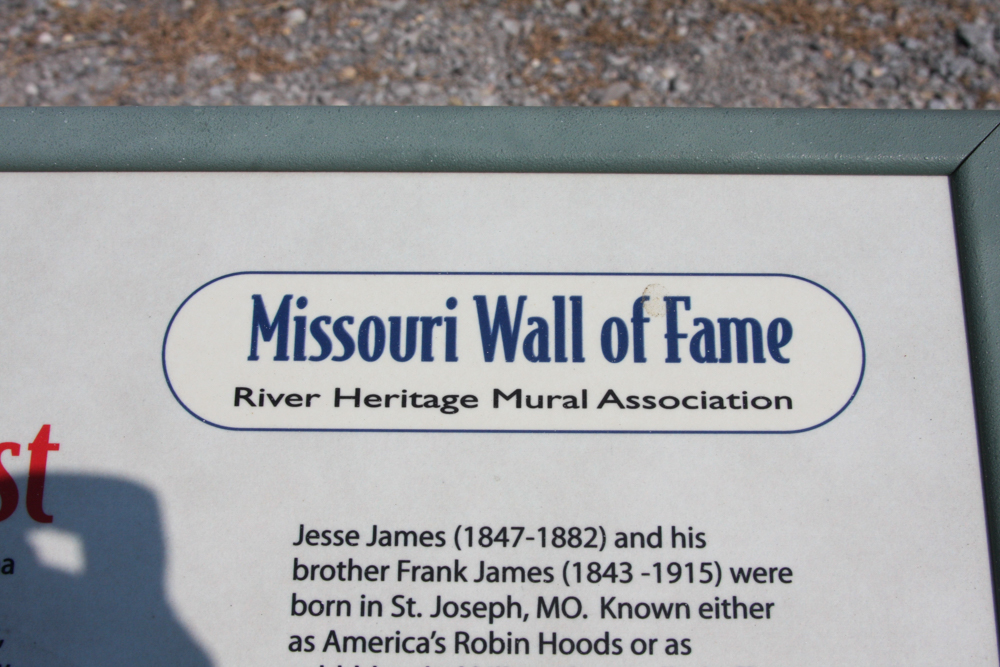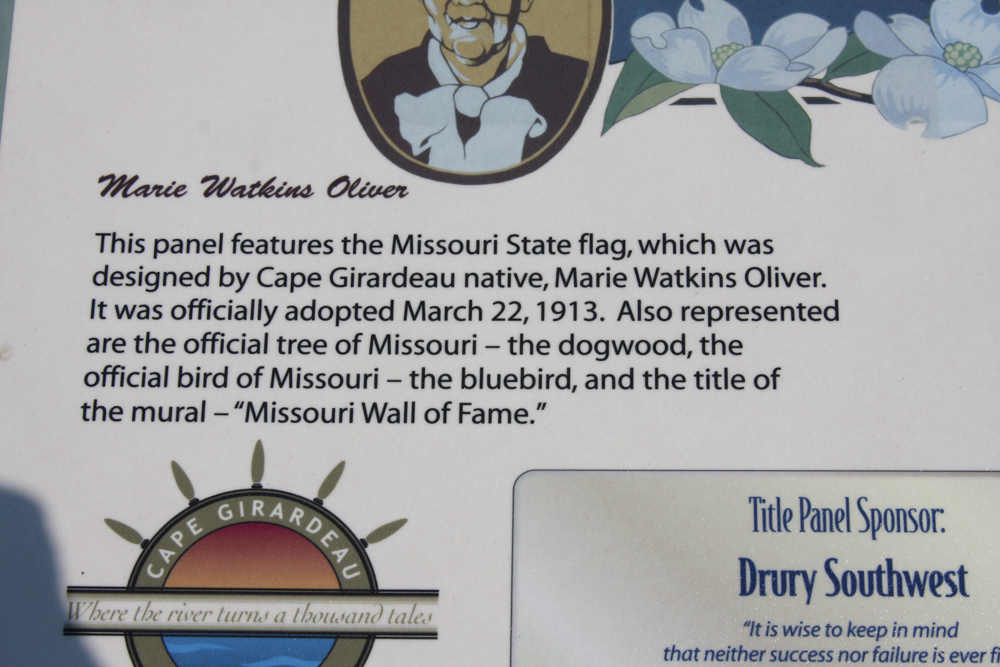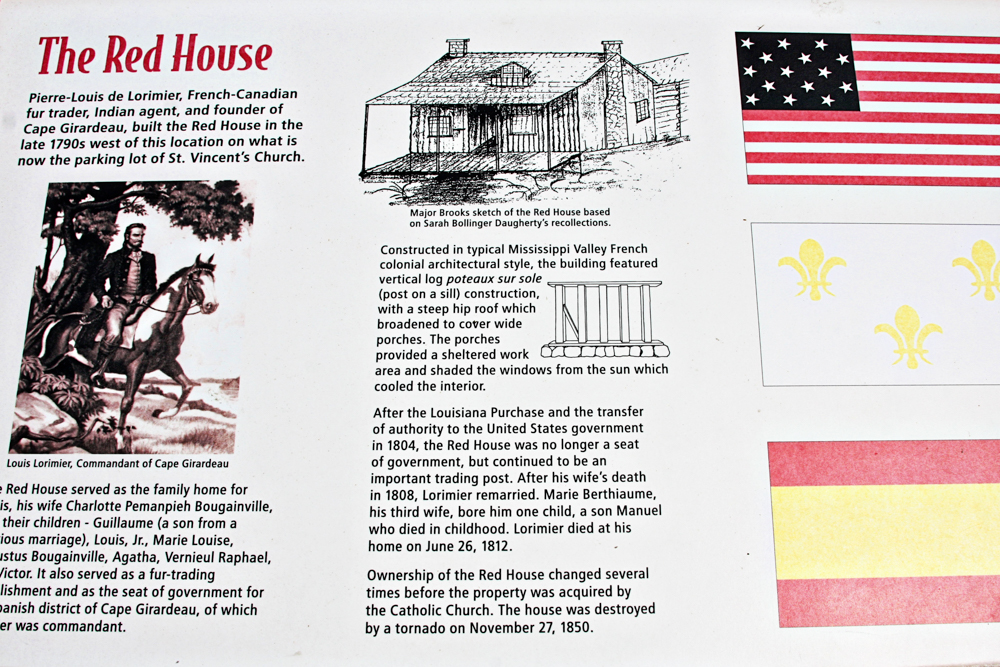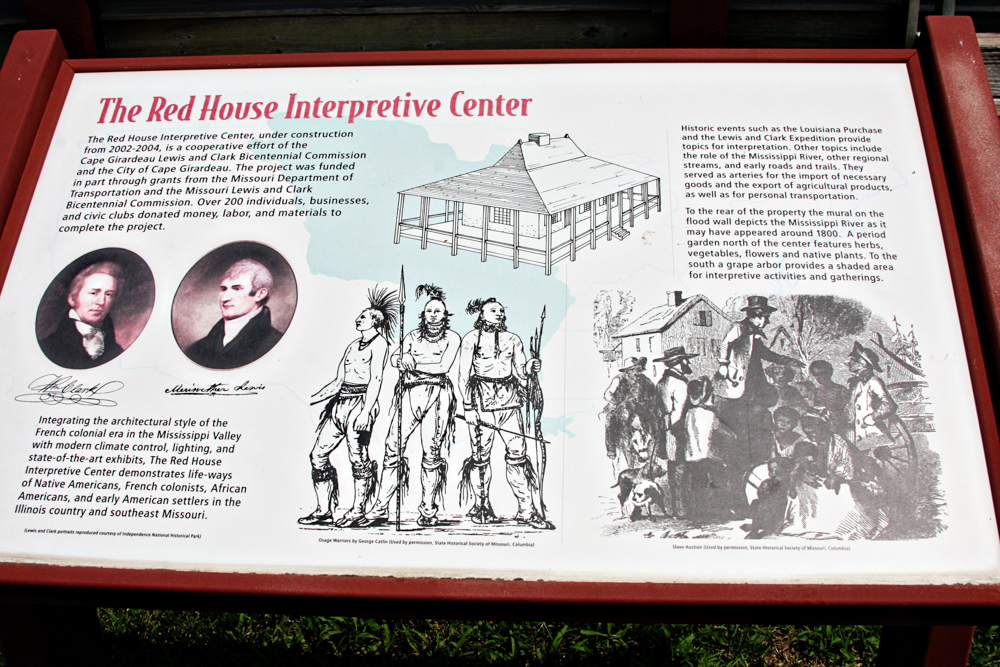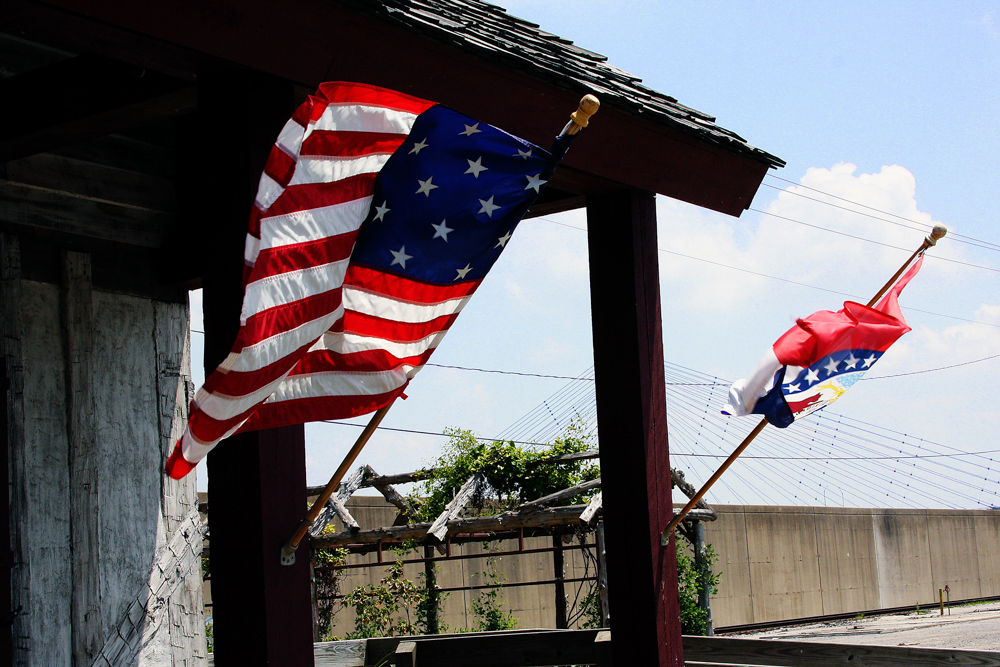Red House Interpretive Center
The Red House Interpretive Center is located in downtown Cape Girardeau. This museum shares about Louis Lorimier, the Father of Cape Girardeau and his Trading Post, who was a French-Canadian. It also teaches about the visit by Meriwether Lewis and William Clark in November, 1803, and exhibits an early 1800s life of the early settlers of the Cape Girardeau.
January 11, 2019
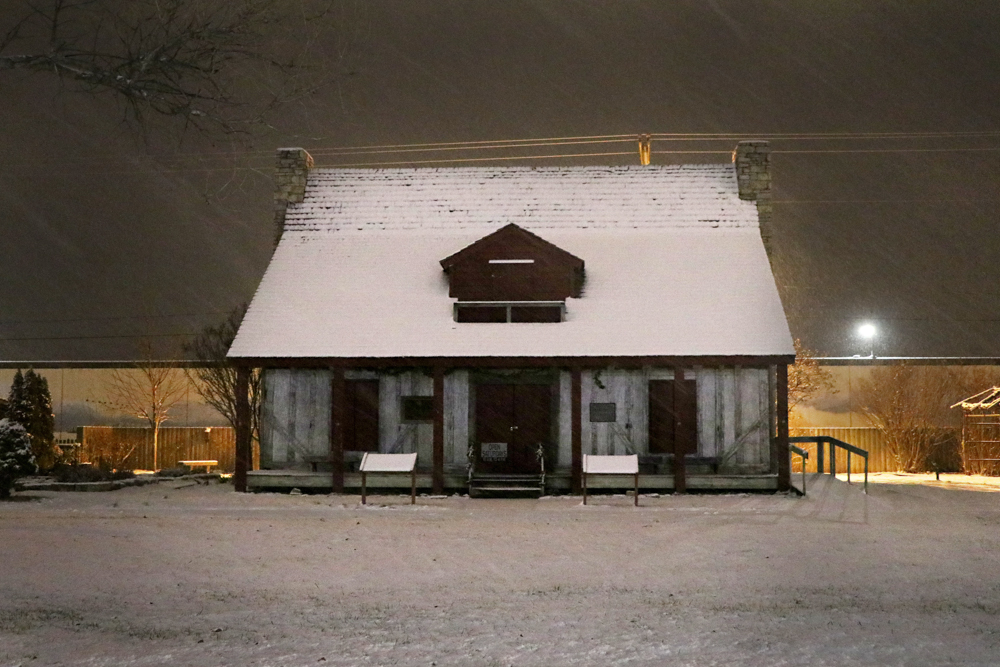
This is a photo I took at night in the snow.
August 29, 2010
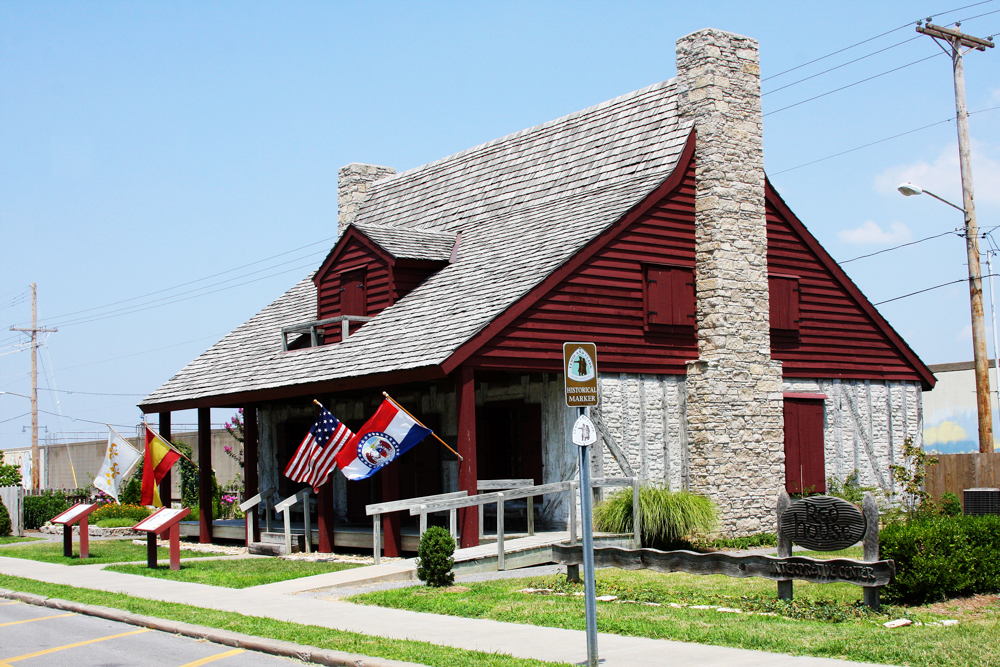
The Red House opened in Cape Girardeau during the Lewis & Clark Bicentennial celebration the weekend of November 21 through 23, 2003. I remember the line was too long to get in that day. Unfortunately, as a resident of Cape Girardeau, it is common to let the daily routines take over, forgetting what it available for us right here in our own City.
My husband and I did not go back until July 4th, 2010, when it was offered to visit historic places for free while getting a card stamped to enter a free drawing.
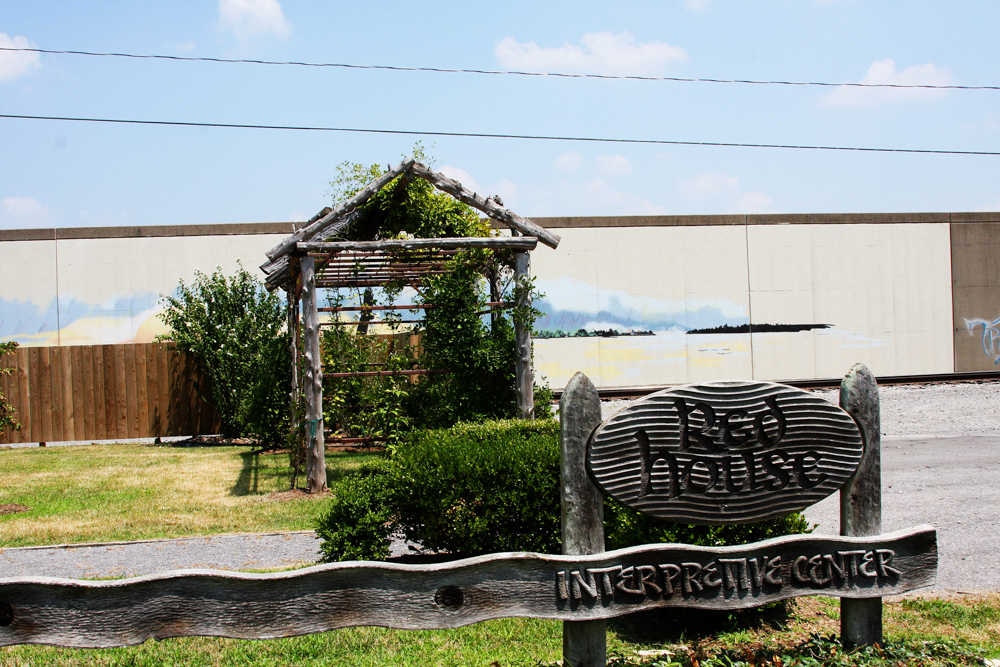
In addition to learning about Louis Lorimier, the Father of Cape Girardeau, and Meriwether Lewis and William Clark's visit to Cape Girardeau, The Red House is an Interpretive Center in which one learns about the way of life in the 1800's.
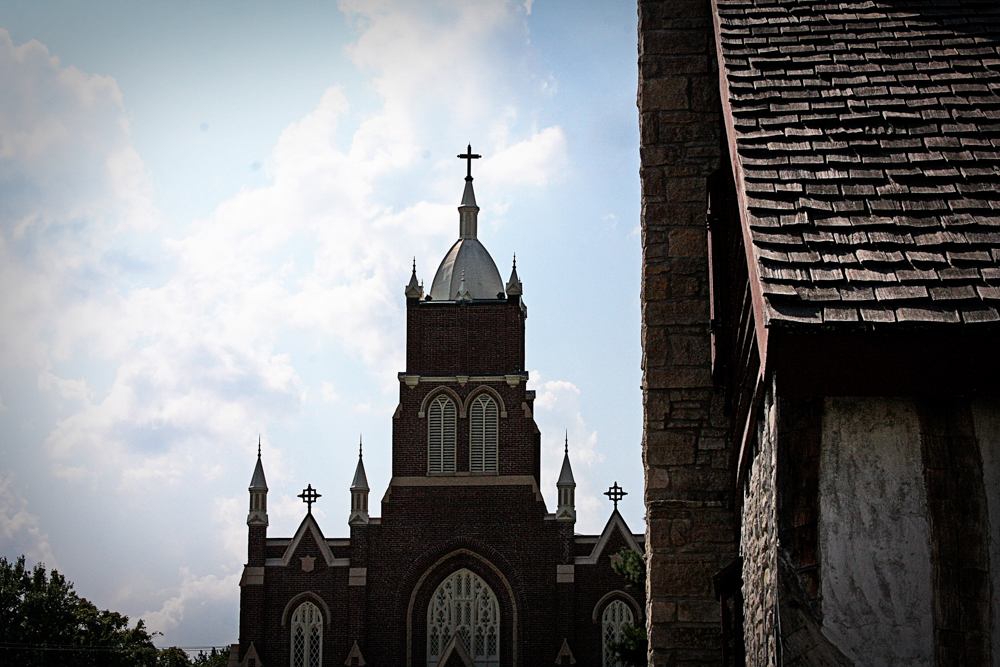
The Red House sits across the street from the historic Old St. Vincent's Church on Main Street in downtown Cape Girardeau, next to the flood wall.
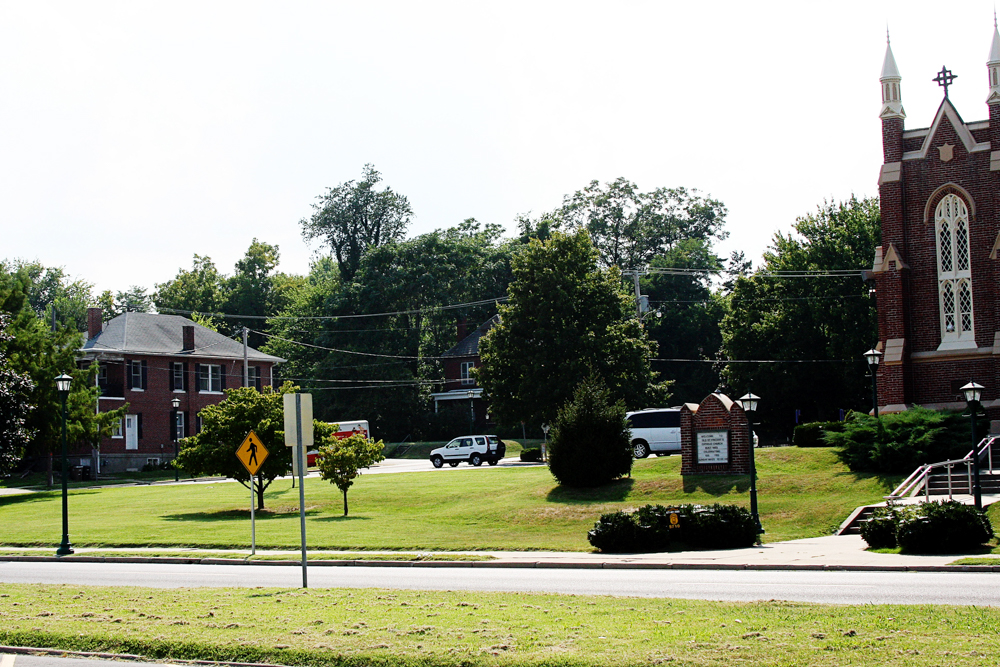
The original location of The Red House was where the parking lot of the church now sits. Eventually, the Church became the owners of The Red House. Both the Red House and the Church were destroyed in the tornado of 1850, but only the Church was rebuilt.
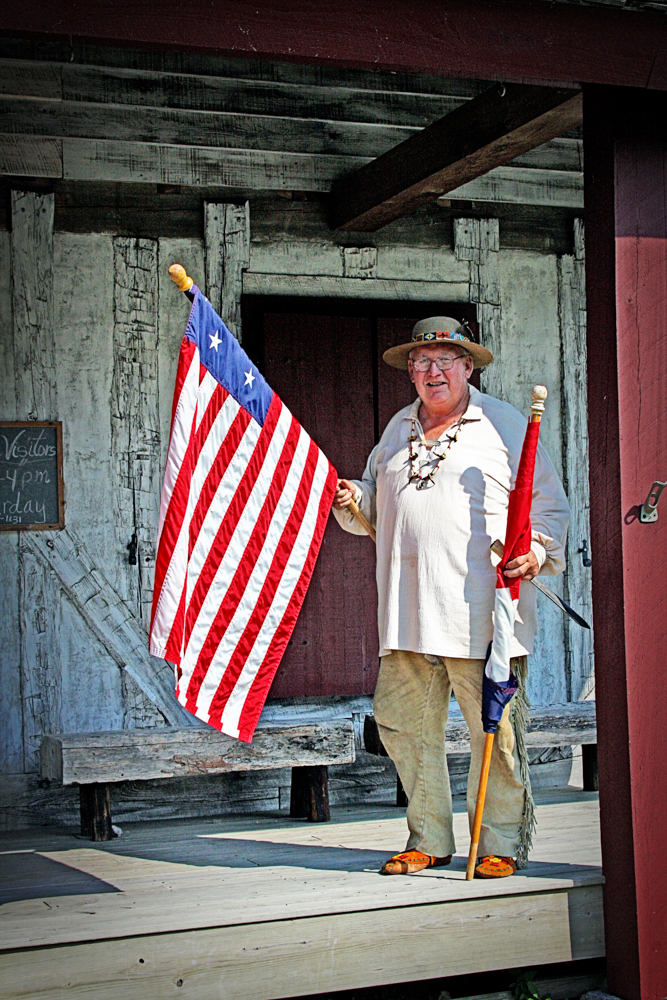
Tour guides, dressed in period garb, are a wealth of information and more than ready to share and answer any questions.
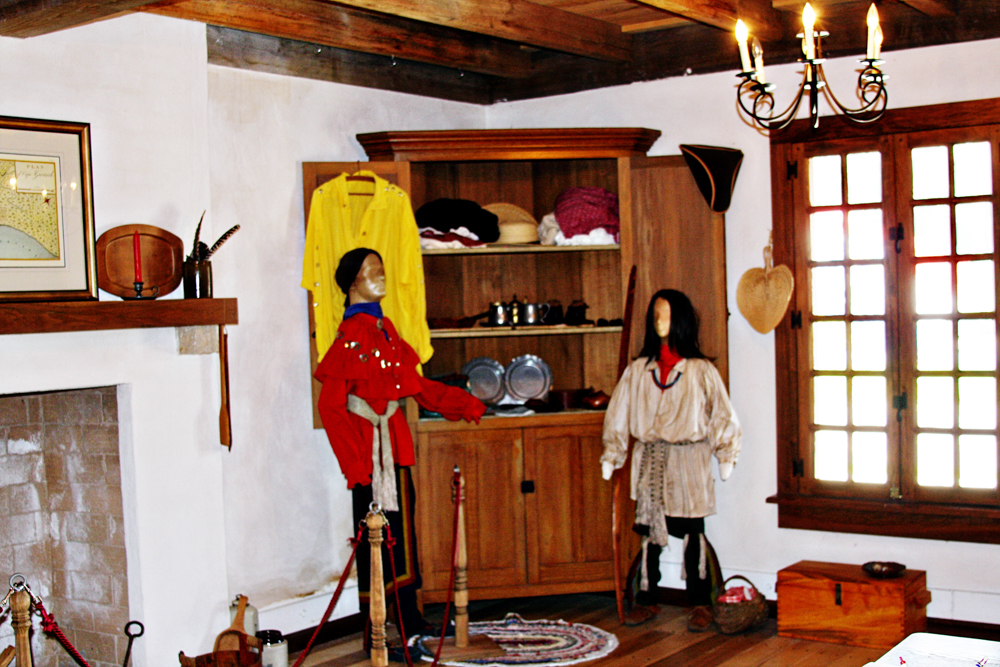
This is a photo from inside The Red House.
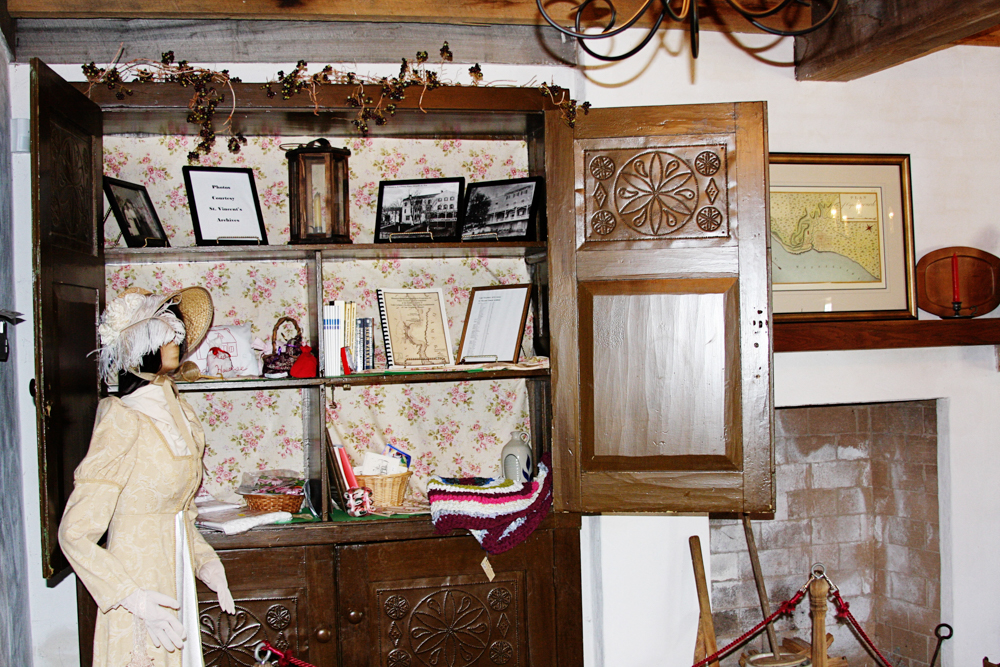
The Red House is a two room house, with a entry hallway between the rooms. There are stairs that lead to the second floor, but guests are not taken upstairs.
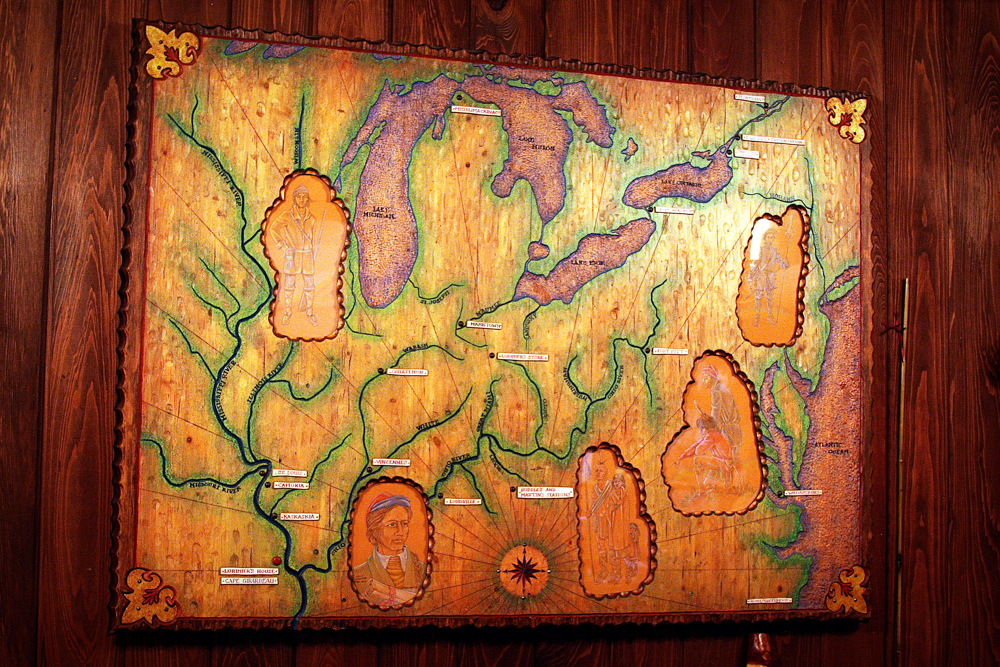
This 1803 map is significant because it was the year (November 23, 1803) which Lewis and Clark and their Corps of Discovery visited Louis Lorimier at The Red House. After the expedition, four members of the Corps returned to Cape Girardeau (George Drouillard, Private Alexander Hamilton Willard, Sergeant John Ordway, and Private Reuben Field).
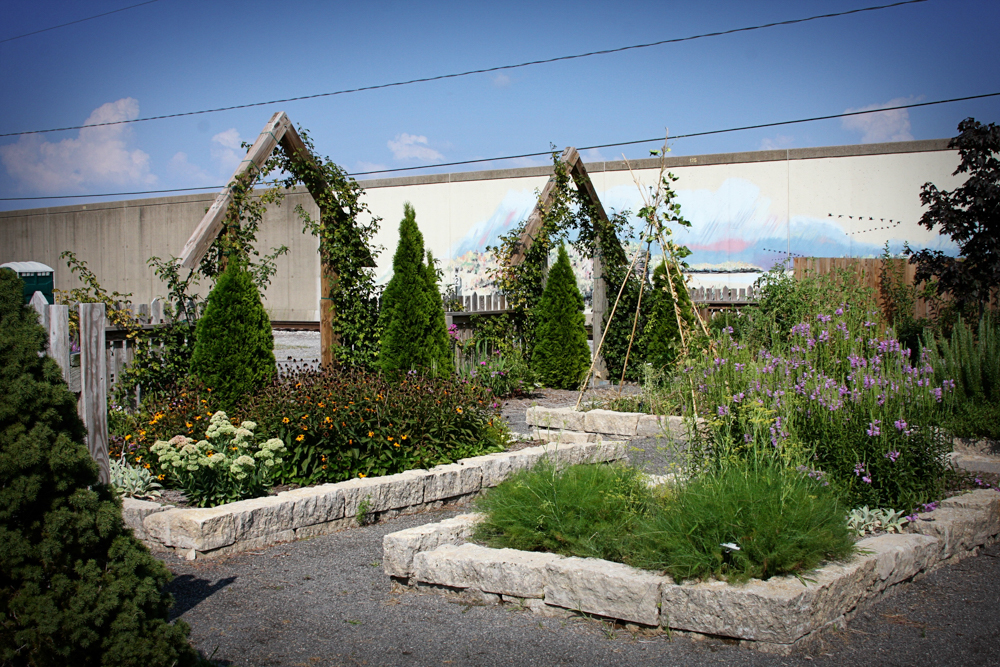
Outside The Red House are four flower gardens representing life in the 1800's: vegetable, flower, and two herb gardens. One of the herb gardens is a medicinal herb garden. These gardens are maintained by the Cape Girardeau Garden Club.
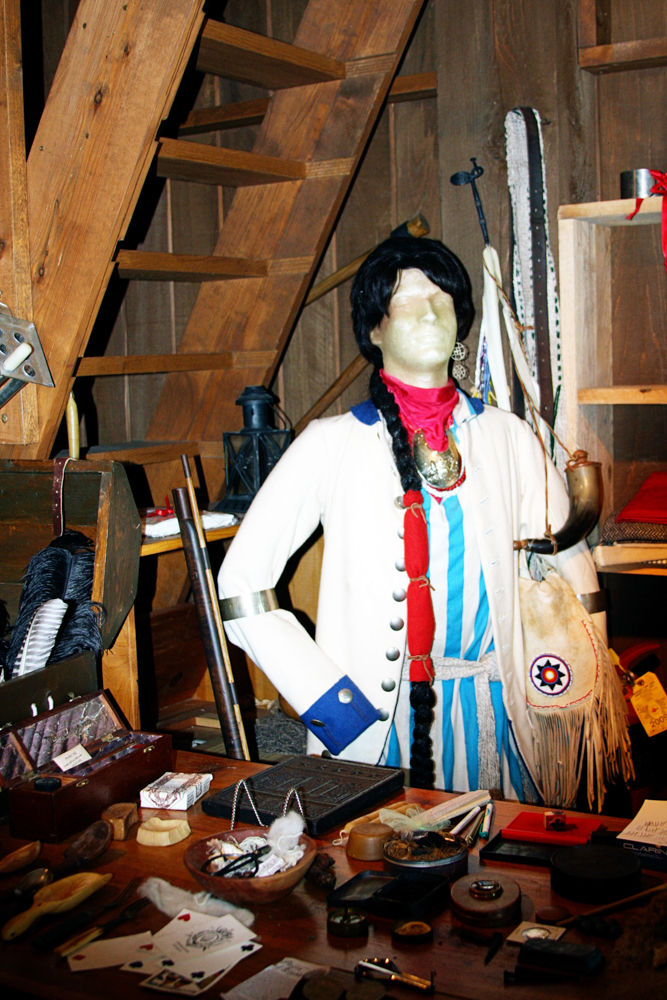
When first entering the building, a manequin dressed as Louis Lorimier is sure to set one off on a reflective learning adventure.
In Meriwether Lewis's journal entry of November 23, 1803, he describes Louis Lorimier as "a man about 5 F 8 I high, dark skin hair and [e]yes; he is remarkable for having once had a remarkable suit of hair, he was very cheerful & I took occasion to mention this to him he informed me that it was on[c] so long that it touched the grond when he stood erect-nor was it much less remarkable for it's thickness; this I could readily believe from it's present appearance, he is about 60 years of age and yet scarcely a grey ahir in his head; which reach now when cewed (the manner in which he dresses it) nearly as low as his knees, and it is proportionally thick; he appears yet quite active-this uncommon cue falls dow his back to whit it is kept close by means of a leather gerdle confined around his waist-this man agreeably to the custom of many of the Canadian Traders has taken to himself a wife from along the aborigines of the country his wife is a Shawnee woman, from her complesion is half blooded only. she is a very desent woman and if we may judge from her present appearance has been very handsome when young, she dresses after the Shawnee manner with a stroud leggings and mockinsons, differing however from them in her linin which seemed to be drawn beneath her girdle of her stroud, as also a short jacket with long sleeves over her linin with long sleeves more in the stile of the French Canadian women;. . ."
Exerpt from the University of Nebraska Press edition of The Journals of the Lewis and Clark Expedition, volume 2.
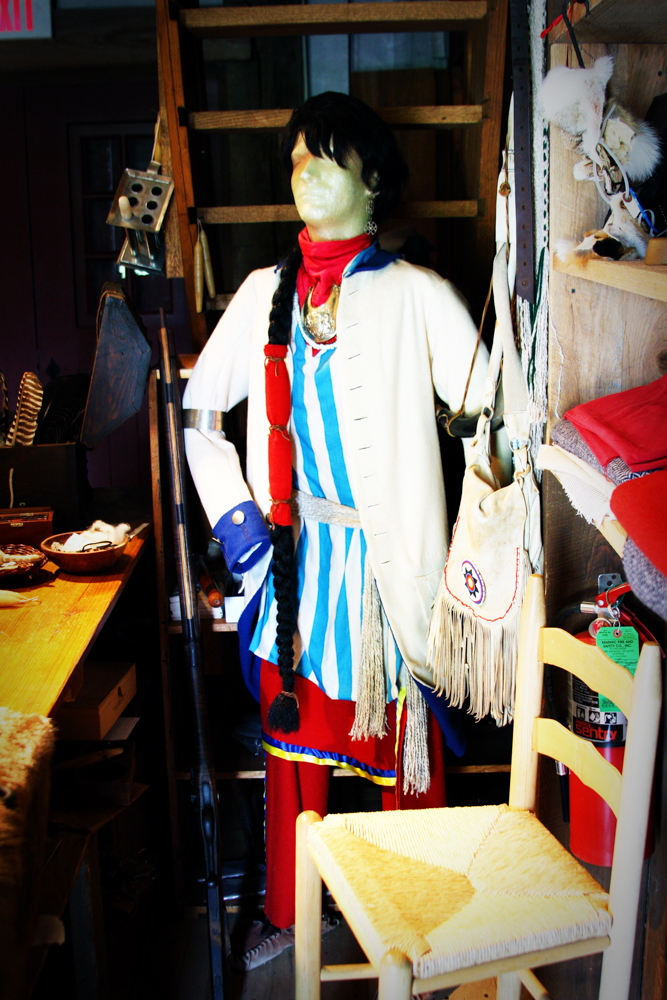
The guides tell a "supposed" story that Louis Lorimier once used his floor-length braided hair as a quirt when riding his horse.
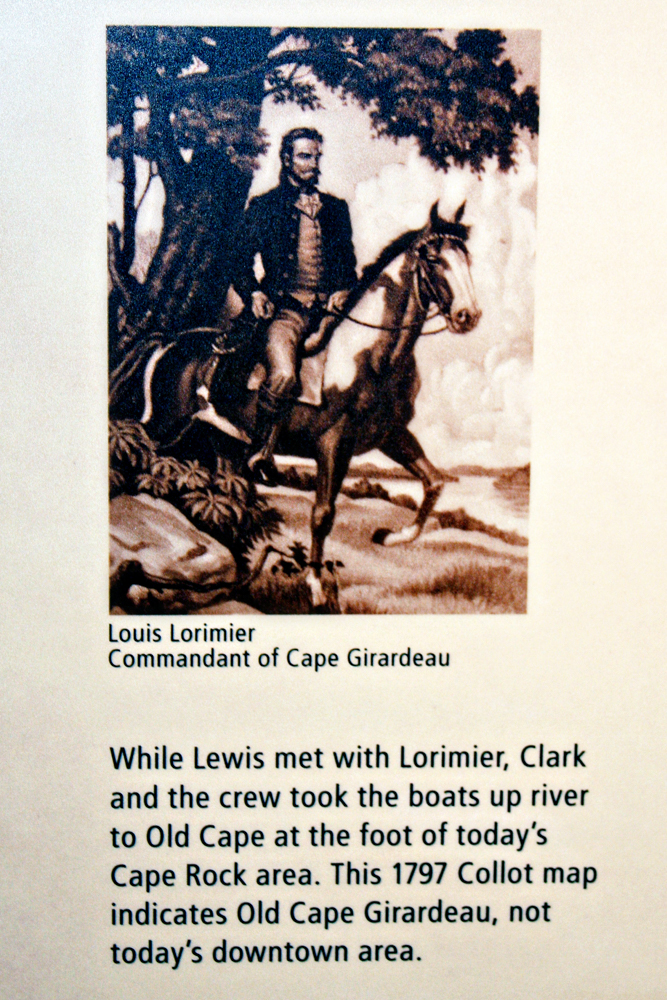
Pierre Louis de Lorimier was born in France, but is characteristic of changing his allegance to survive the changing times. When the French suffered losses in the French and Indian War, he changed his allegiance to Britian.
In 1769, Louis was living in Ohio where he began establishing close relationships with the Shawnee and Delaware tribes while managing a trading post. During the American Revolution, his trading post was lost due to it's association with Indians in order to make the area safe for American expansion.
Lorimer and his native American friends relocated to what is present day Indiana, but continued to struggle. The appeal of settling into Spanish territory, Lorimer relocated again to Cape Girardeau in 1791.
Lorimer's allegence changed to Spain as he gathered Native American's to fight in a Franco-American threat (the threat passed without battle) and the Spanish government established a post in Cape Girardeau with Lorimier as commandant. Lorimier received a number of land grants as payment for his services. After the Spanish government changed its policy to allow Americans to settle, having earned the trust of Spain, Lorimier was able to recommend folks for land grants, hold court, take the census, and maintain the militia for Cape Girardeau.
It was during this period and following in which Lorimier began laying out the land for Cape Girardeau which is still in existence in the streets of the City.
In 1803, the ownership of Cape Girardeau was changed during the Louisiana Purchase from Spain to France to the United States. Once again, Lorimier's allegence changed. Lorimier was to remain in charge of the militia and the United States government appointed him judge of the Court of Common Pleas.
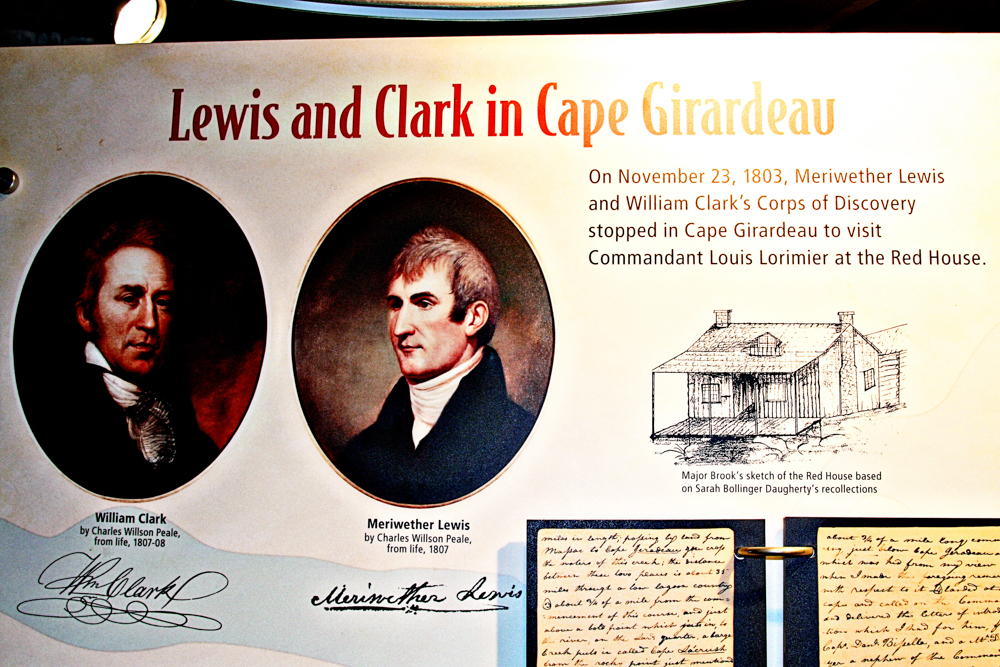 On November 23, 1893, Lewis and Clark visit Louis Lorimier at The Red House in Cape Girardeau and Lewis's lengthy journal entry is an interesting read.
On November 23, 1893, Lewis and Clark visit Louis Lorimier at The Red House in Cape Girardeau and Lewis's lengthy journal entry is an interesting read.
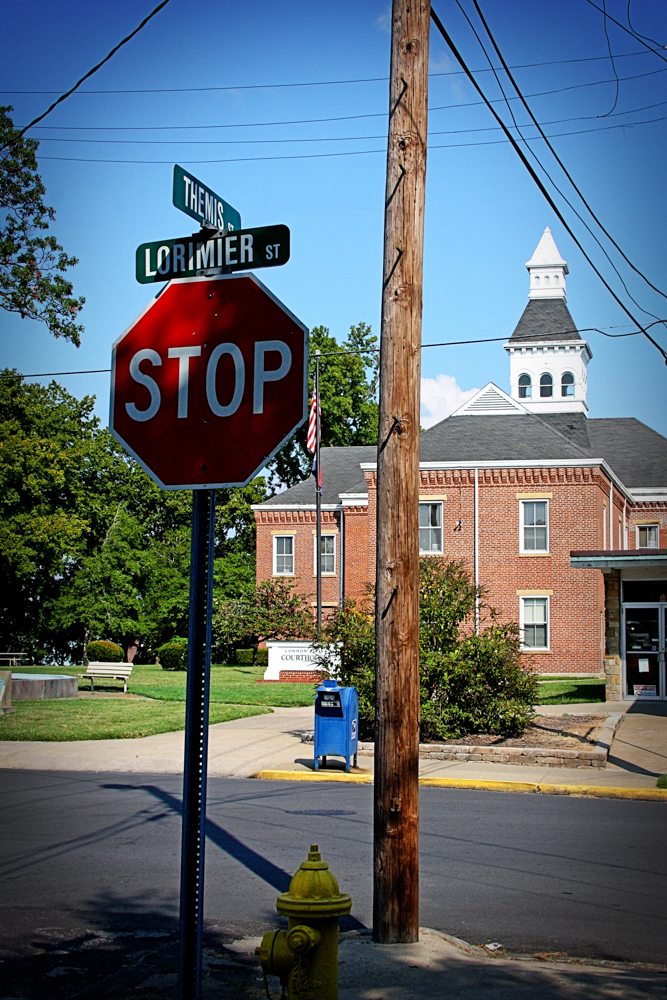 Louis Lorimier donated the property where the current Common Pleas Courthouse stands. The street which runs behind the courthouse bears Lormier's name.
Louis Lorimier donated the property where the current Common Pleas Courthouse stands. The street which runs behind the courthouse bears Lormier's name.
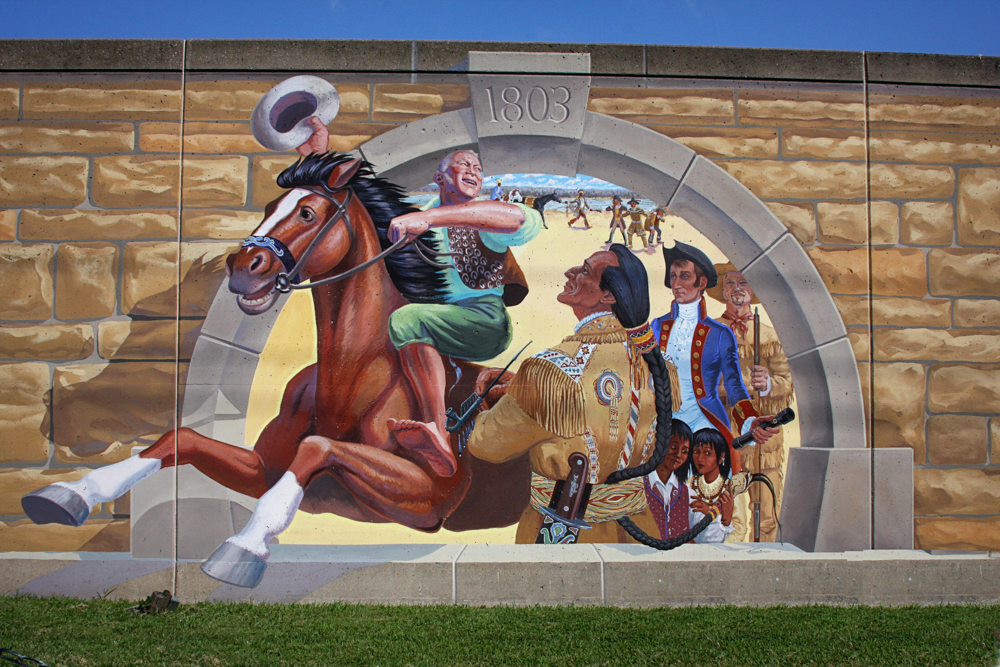
The Mississippi River Tales (flood wall) mural contained two graphics depicting Louis Lorimier. In this graphic you can quickly identify Louis Lorimier by his dark braided hair. According to his journals, when Meriwether Lewis first caught up with Louis Lormier, he was at a local horse race, being the one who would settle disputes. Meriwether Lewis is depicted behind the horse, along with his Corps of Discovery. Later that evening, Lewis dined with Louis and his wife Charlotte and their two daughters (as seen next to Louis Lorimier).
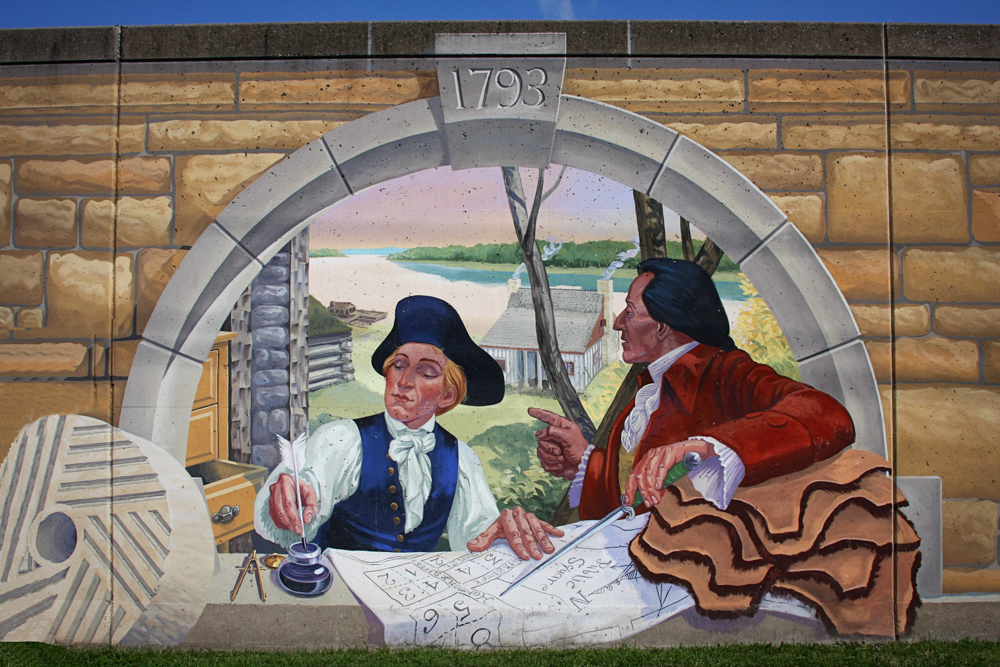 The above graphic represents 1793 on the mural. In 1793, Spanish officials in St. Louis named Louis Lorimier as Commandant of the Cape Girardeau District. Shortly thereafter, Louis Lorimier received land grants in Cape Girardeau. In 1806, Lorimier laid out the lot and street plans along the wide, flat riverfront. In 1808, the small riverfront village was incorporated as the town of Cape Girardeau.
The above graphic represents 1793 on the mural. In 1793, Spanish officials in St. Louis named Louis Lorimier as Commandant of the Cape Girardeau District. Shortly thereafter, Louis Lorimier received land grants in Cape Girardeau. In 1806, Lorimier laid out the lot and street plans along the wide, flat riverfront. In 1808, the small riverfront village was incorporated as the town of Cape Girardeau.

 At the end of the Wall of Fame, there is non-painted wall which causes one to miss the third mural which is located directly behind The Red House.
At the end of the Wall of Fame, there is non-painted wall which causes one to miss the third mural which is located directly behind The Red House.

I never realized the value in this mural until now. The Red House mural is also the artwork of Margaret Randol Dement. This artwork is a view of the Mississippi River, with the Illinois land across the river, as a view by Louis Lorimier as he might have seen when stepping out onto his porch.
 The Red House mural depicts a sunrise.
The Red House mural depicts a sunrise.
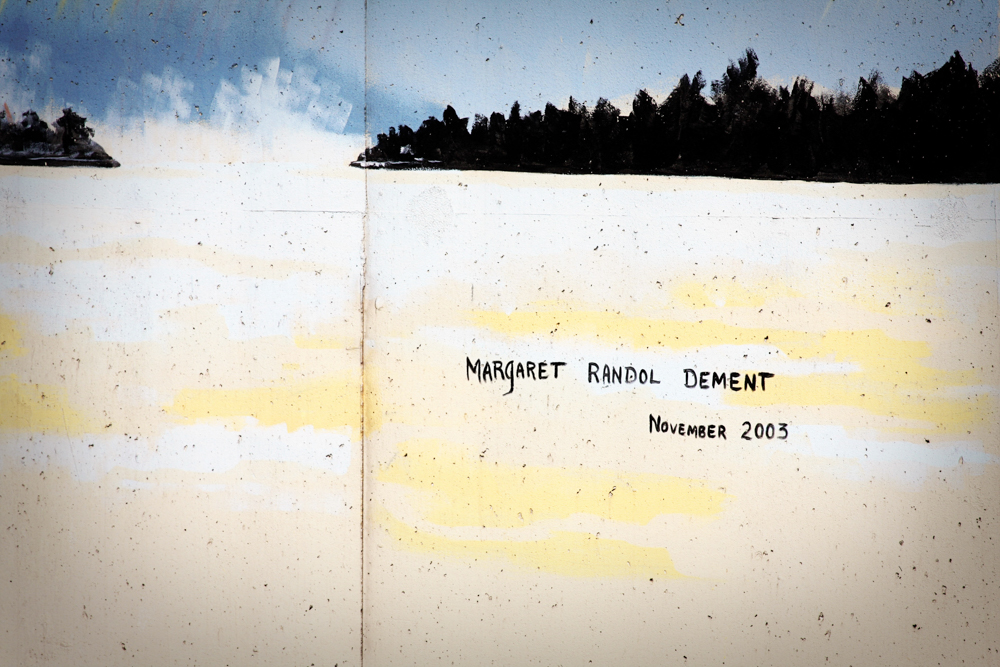 What a wonderful background Margaret Randel Dement created for The Red House.
What a wonderful background Margaret Randel Dement created for The Red House.
 An Eagle and geese are also painted on the mural.
An Eagle and geese are also painted on the mural.
 Louis Lorimier's wife, Charlotte Pemanpieh Bougainville Lorimier, died in 1808. I am told that her body was taken up the Mississippi River, up Sloan Creek to the first bend, and then to what is now Lorimier Cemetery.
Louis Lorimier's wife, Charlotte Pemanpieh Bougainville Lorimier, died in 1808. I am told that her body was taken up the Mississippi River, up Sloan Creek to the first bend, and then to what is now Lorimier Cemetery.
So, my husband and I went on an adventure! We love to follow the footstps of history. You can see where the Mississippi River and Sloan Creek meet at the Red Star Conservation Area (boat dock).
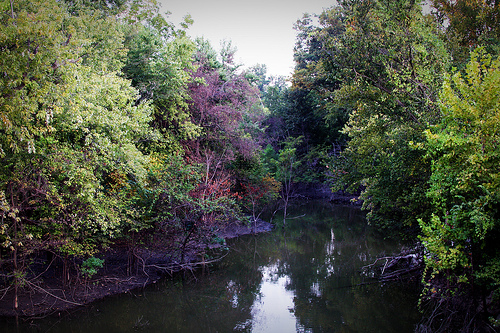 This photo is what we guesstimated might be the first bend in Sloan Creek which is near a small church along Big Bend Road. We noted how far away Lorimier Cemetery was from this location and wondered why they would have gone to so much effort to paddle and carry Lorimier's wife this distance when it was just as close by road from The Red House to Lorimier Cemetery. We imagined that it must have been for native ceremonial rituals.
This photo is what we guesstimated might be the first bend in Sloan Creek which is near a small church along Big Bend Road. We noted how far away Lorimier Cemetery was from this location and wondered why they would have gone to so much effort to paddle and carry Lorimier's wife this distance when it was just as close by road from The Red House to Lorimier Cemetery. We imagined that it must have been for native ceremonial rituals.
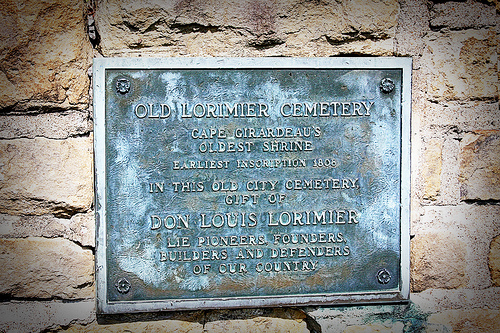
Louis died on June 26, 1812 and is also buried in Lorimier Cemetery. Louis had an unsuccessful marriage with Marie Bertheaume after the death of Charlotte, in which he had one child. He was also survived by the seven children he had with Charolette.
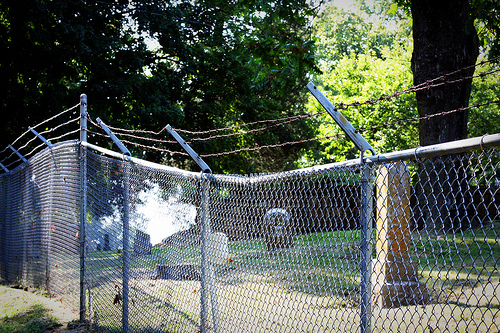 You can see where vandals continue to break into Lorimier Cemetery, even climbing over barbed wire fencing.
You can see where vandals continue to break into Lorimier Cemetery, even climbing over barbed wire fencing.
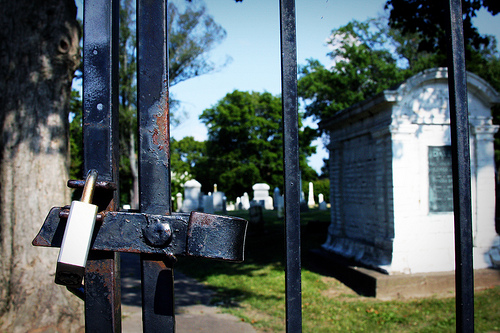
Due to the disrespect of a few, the Cemetery is now closed to the public. It is a shame that one has to contact officials in order to visit the Cemetary.
The following are some photos that were not included in my original post.
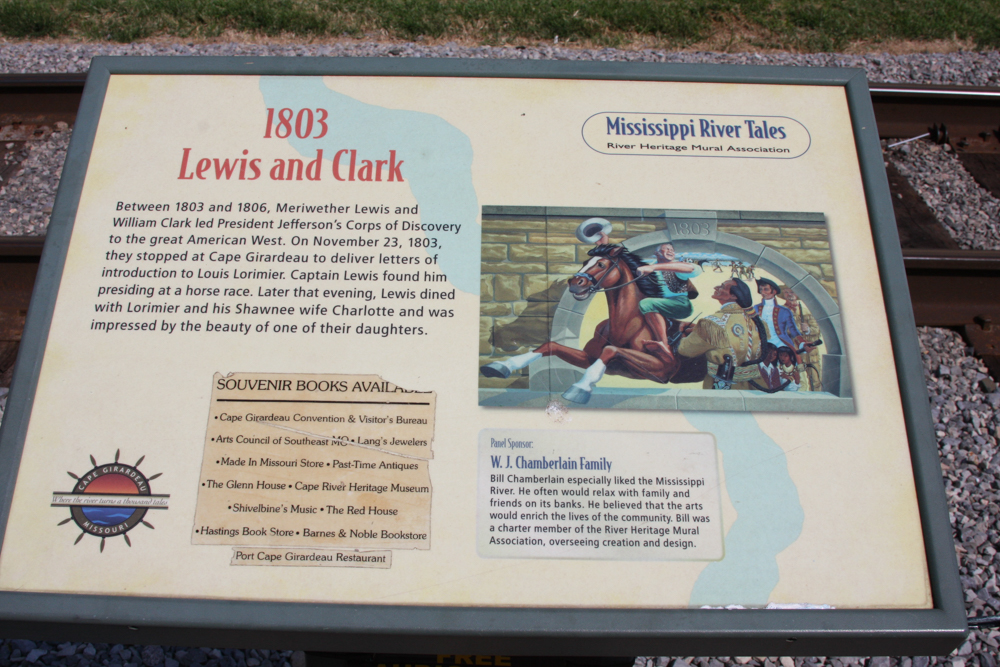
These are from the mural that runs on the flood wall behind the Red House.
